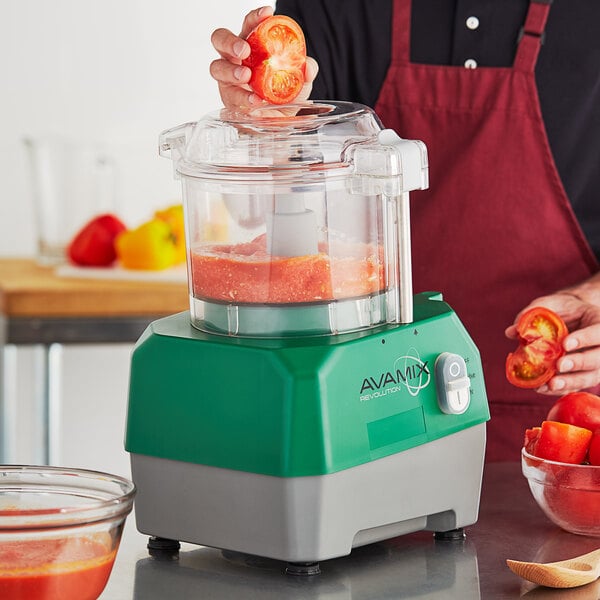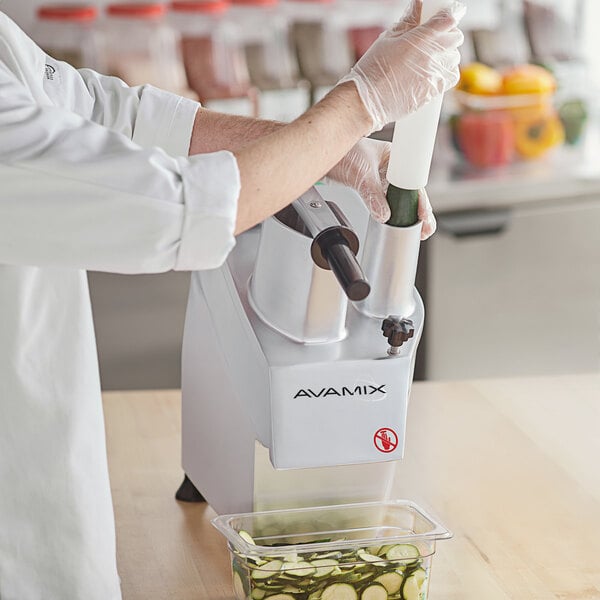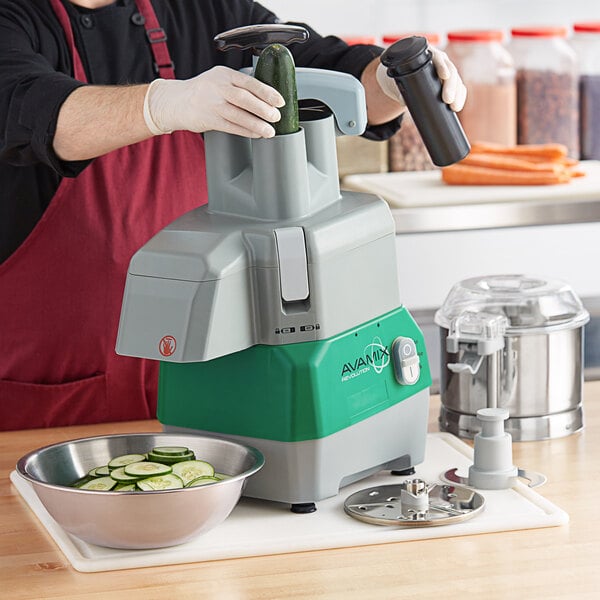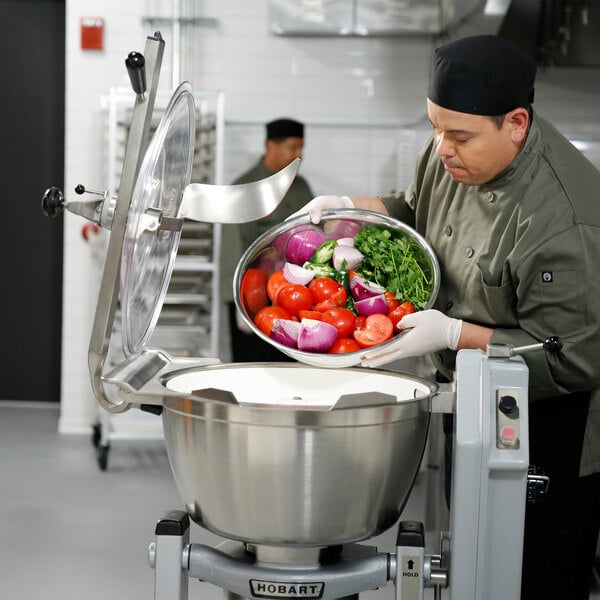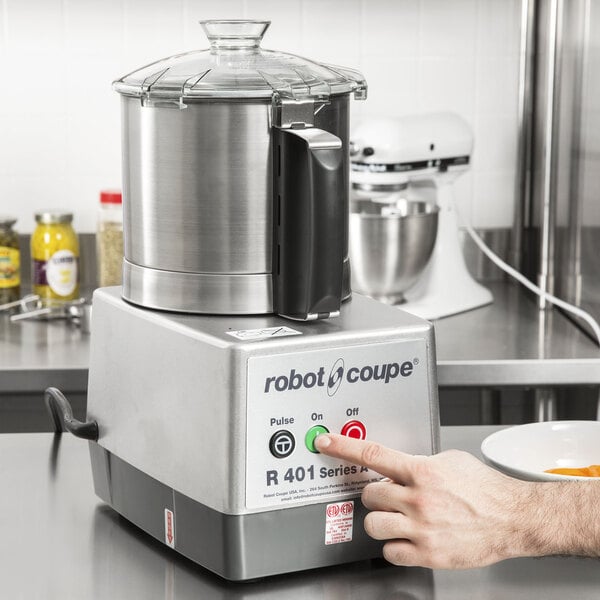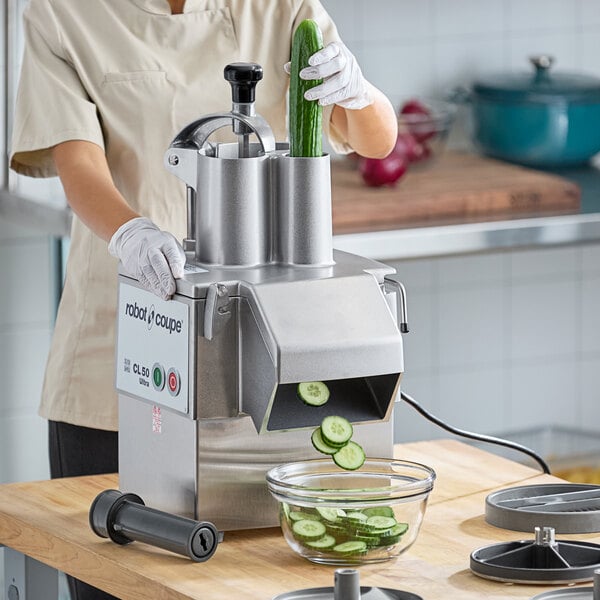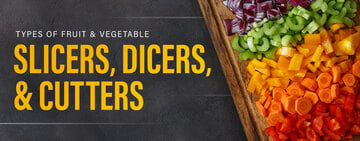Food Prep
WebstaurantStore / Food Service Resources / Food Prep / Food Processor Buying Guide

- Topics 1517
- Industrial 59
- Troubleshooting Guides 30
- Restaurant Management 136
- Bar Management 65
- Catering Tips 38
- Bakery Management 48
- Food Trucks & Concessions 50
- Advertising & Marketing 40
- Eco-Friendly Tips 12
- Facility Layout & Design 49
- Coffee Shop Tips 32
- Installation & Maintenance 59
- Janitorial & Pest Control 32
- Safety & Sanitation 107
- Startup Tips 112
- Menu Design 11
- Kitchen & Cooking Tips 102
- Hospitality Management 25
- Pizza & Sandwich Shop Tips 32
- Smallwares 39
- Food Prep 98
- Tabletop Items 19
- Disposables 26
- Calculators & Tools 8
- Consumables 69
- Warewashing & Laundry 20
- Cooking Equipment 102
- Food Storage & Refrigeration 53
- Beverage Equipment 39
- Office Supplies 5
Join Our Mailing List
Receive coupon codes and more right to your inbox.


